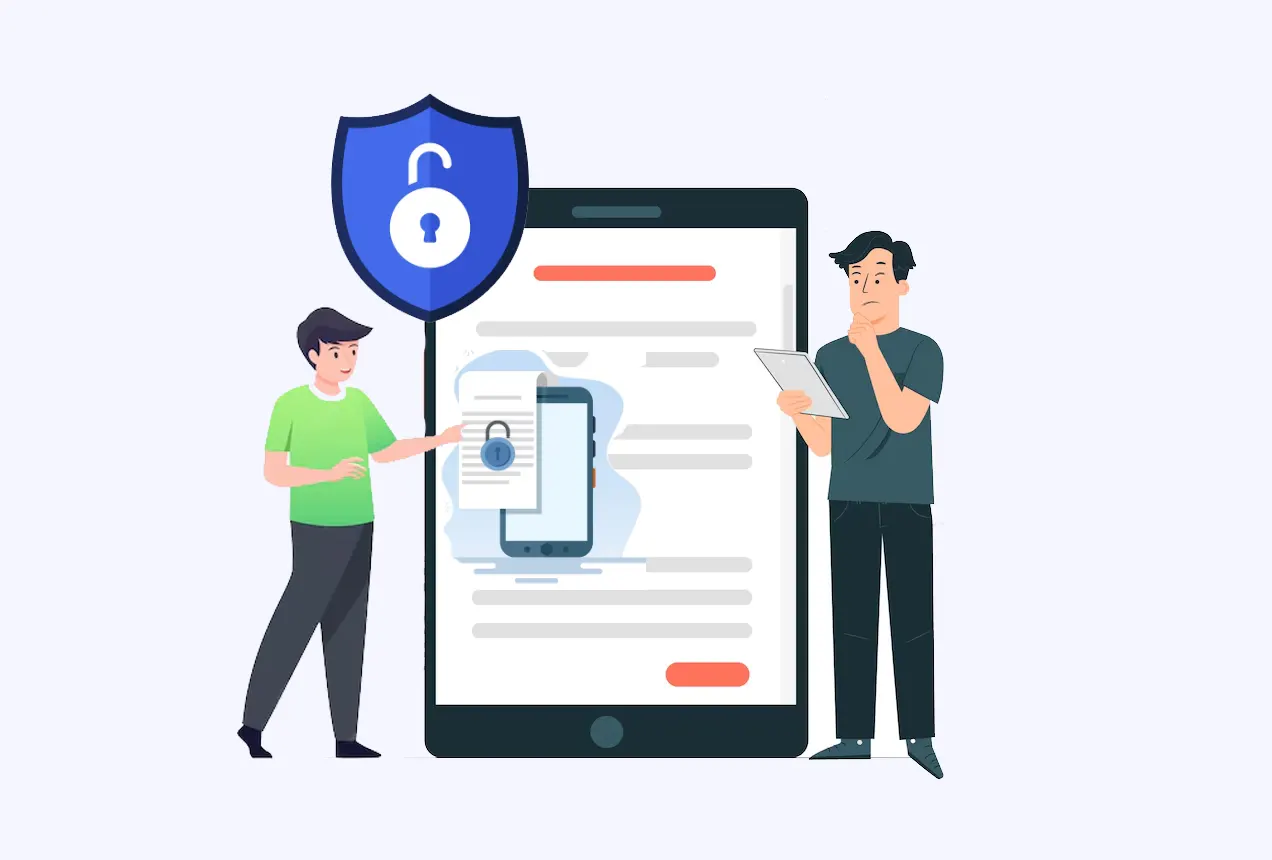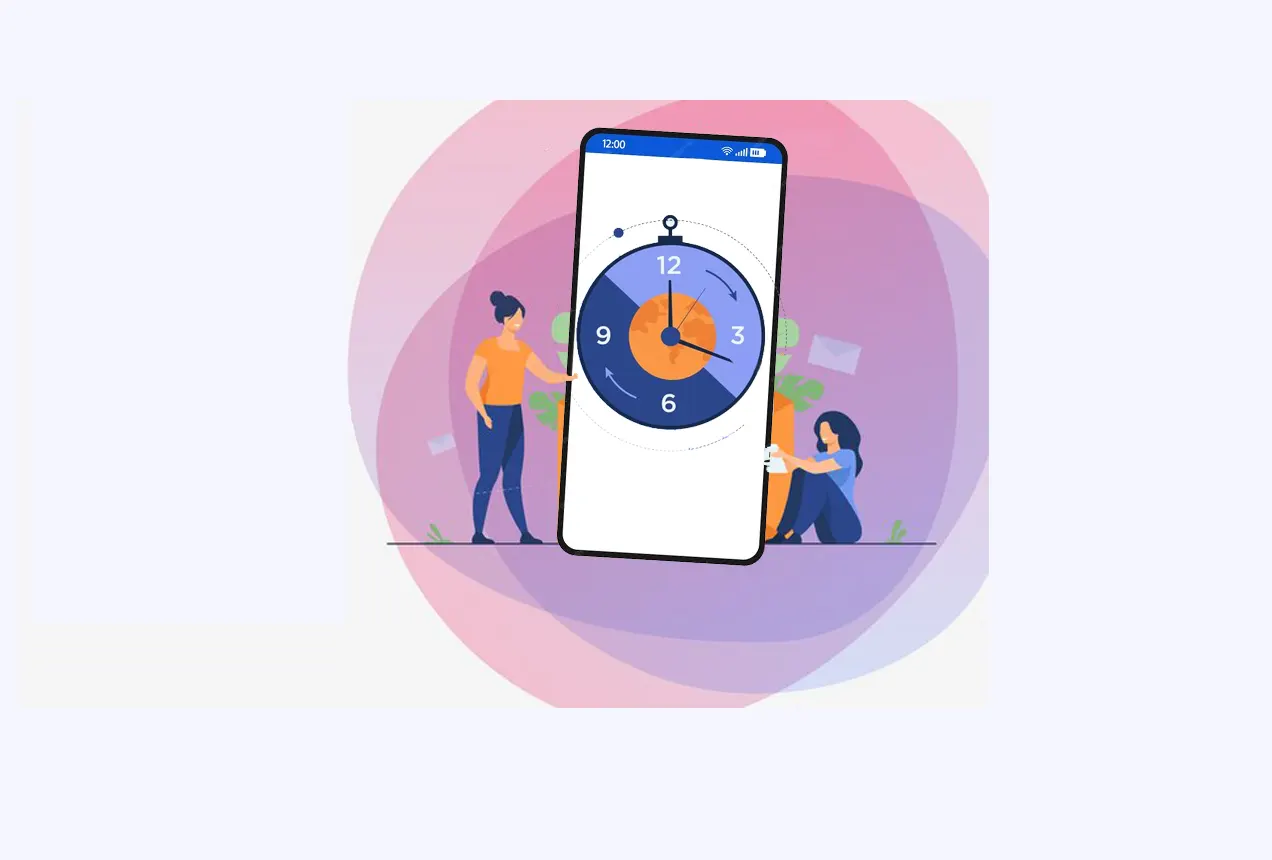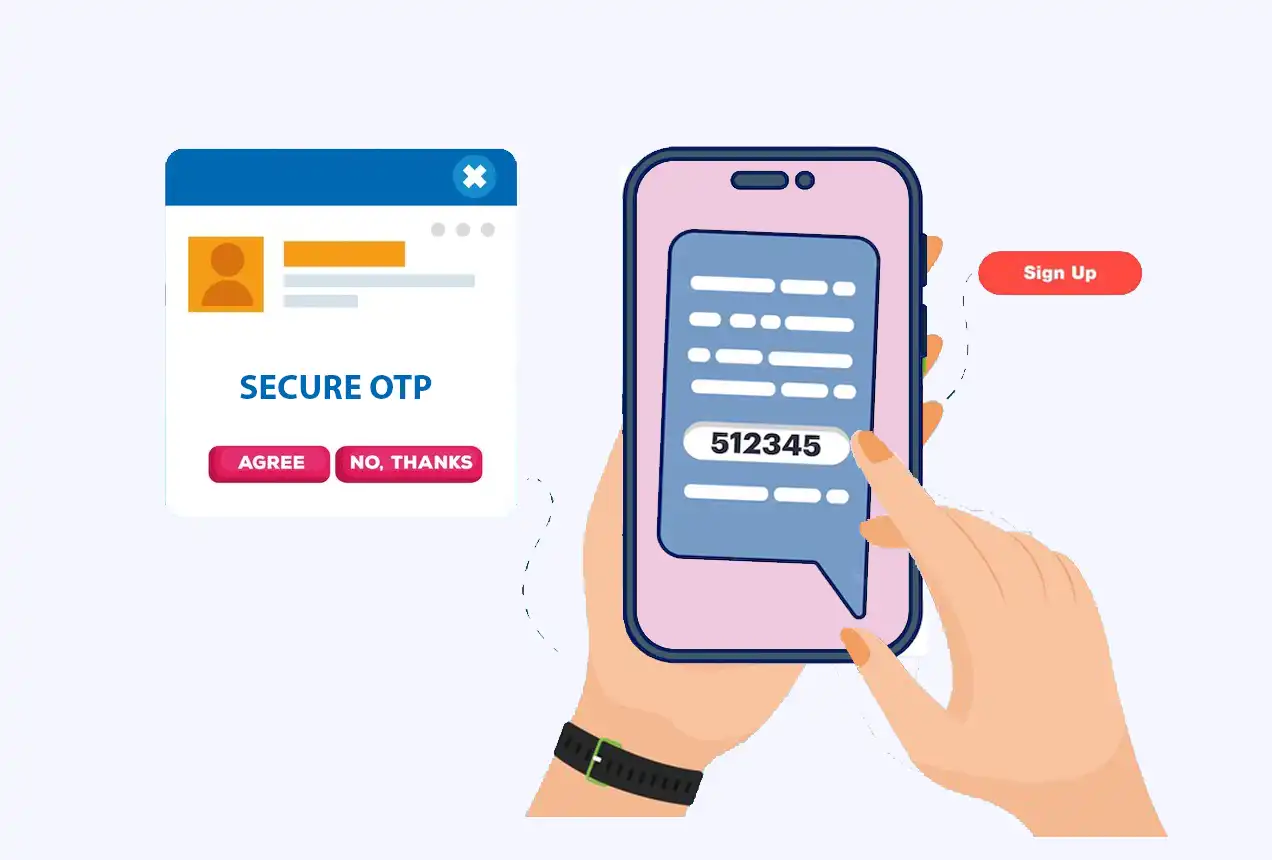OTP Security Messages
Key Features of OTP Messages:
Protection Against Phishing: Even if a hacker obtains the password, they would not be able to complete the login without the OTP.
OTP messages are, therefore, a crucial tool for security in digital communications and online services.
Manage 100 SMS for free!
Enhanced Security
Since the OTP (One-Time-Password) is valid only for a short period and can be used once, the risk of fraud or unauthorized access is significantly reduced. Its temporary and single-use nature ensures that even if the OTP is intercepted, it will become obsolete after the validity window expires, or after its first and only use.
This is an added layer of security, making it incredibly difficult for malicious actors to exploit stolen credentials, while safeguarding potentially sensitive information and transactions.

The random generation of an OTP
The random generation of an OTP (One-Time Password) code is essential for ensuring proper security to the access to online services. An OTP is a temporary, single-use password used to authenticate users securely. The randomness in generating the code is crucial:
- Unpredictability: A randomly generated OTP is difficult to predict or replicate, reducing the risk of brute force attacks or credential theft.
- Temporality: Being valid only for a short period, even if the code were intercepted, it would become useless after a few seconds or minutes.
- Protection from attacks: Randomness makes it more challenging for an attacker to generate valid codes, safeguarding users from threats like phishing or man-in-the-middle attacks.
In summary, the random generation of an OTP is a vital mechanism to ensure that access to services is secure and protected from potential cyber threats.

OTP Direct Sending:
An OTP (One-Time Password) is sent to the user through various channels, depending on the authentication method chosen by the service. Here's a brief description of the main delivery methods and the devices used:
-
SMS: The OTP is sent as a text message to the phone number associated with the user's account. This is one of the most common methods and only requires a mobile phone capable of receiving SMS.
-
Authentication apps: The OTP is generated directly by a dedicated app (such as Google Authenticator, Authy, or Microsoft Authenticator) installed on the user's smartphone. The app generates temporary codes synchronized with the service.
-
Email: The OTP is sent via email to the address associated with the account. This method requires access to a device (computer, smartphone, or tablet) capable of reading emails.
-
Voice call: In some cases, the OTP is read by an automated system during a phone call to the user's phone number.
-
Hardware devices: Some services use physical devices (such as USB tokens or hardware keys) that generate OTPs independently.
The main devices for receiving and using an OTP are:
-
Smartphones: for SMS, authentication apps, or email.
-
Computers: for email or desktop authentication apps.
-
Traditional mobile phones: for SMS or voice calls.
-
Dedicated hardware devices: such as tokens or security keys.
In summary, an OTP is delivered through digital or physical channels, and the primary devices depend on the chosen method, with smartphones often being the most common and versatile option.

Temporary use of an OTP
The temporary use of an OTP (One-Time Password) message is one of the cornerstones of its security. Here's a brief description of the concept, its validity, and the security associated with its limited use:
-
Temporary use: An OTP is designed to be used only once and for a very short period of time, usually a few minutes. After use or once the validity period expires, the code becomes invalid and can no longer be used.
-
Limited validity: The short duration of validity (e.g., 30 seconds or 5 minutes) drastically reduces the risk of a potential attacker intercepting and using the code. Even if the code were compromised, it would become useless shortly after.
-
Security of limited use:
-
Single-use: An OTP can only be used once, so even if it were intercepted, it would no longer be valid for future access.
-
Protection against replay attacks: A replay attack (where a code is intercepted and reused) is prevented thanks to the temporary and single-use nature of the OTP.
-
Reduced risk of fraud: The combination of temporariness and single-use makes it extremely difficult for an attacker to exploit the code for malicious purposes.
-
In summary, the temporary and limited use of an OTP is crucial for ensuring a high level of security. Its short validity and single-use nature make it an effective tool for protecting access to services against potential cyber threats.

wo-Factor Authentication (2FA):
Two-Factor Authentication (2FA) is a security mechanism that requires users to provide two different forms of identification to access an account or service. This method adds an additional layer of protection compared to just using a password, making it more difficult for attackers to gain unauthorized access.
How does 2FA work?
2FA combines two of the following factors:
-
Something you know: For example, a password or PIN.
-
Something you have: Such as an OTP (One-Time Password) sent via SMS, email, authentication app, or a hardware device.
-
Something you are: Like a fingerprint, facial recognition, or other biometric data.
OTPs in the context of 2FA
OTPs play a crucial role in 2FA, representing the second authentication factor ("something you have"). Here's how they are used:
-
Temporary generation: The OTP is a one-time code valid for a short period, usually a few minutes.
-
Secure delivery: The code is sent through a separate channel (SMS, email, authentication app, or hardware device), reducing the risk of interception.
-
Verification: After entering the password (first factor), the user must enter the OTP to complete the login process.
Advantages of 2FA with OTP
-
Enhanced security: Even if the password is compromised, the attacker cannot access the account without the second factor (OTP).
-
Protection against attacks: Reduces the risk of phishing, brute force, and replay attacks, thanks to the temporary and single-use nature of the OTP.
-
Flexibility: OTPs can be delivered through various channels (SMS, apps, email), making 2FA accessible and convenient.
Examples of use
-
Access to online services: Banks, social media, and e-commerce platforms use 2FA with OTP to protect user accounts.
-
Corporate environments: Companies implement 2FA to secure access to internal systems and sensitive data.
In summary, Two-Factor Authentication (2FA) with OTP is an effective method to enhance access security, combining something the user knows (password) with something they have (OTP). This approach significantly reduces the risk of unauthorized access and protects against multiple types of cyberattacks.

Banking Transactions with OTP
Many banks require the use of an OTP (One-Time Password) to confirm online transactions or other sensitive operations because this method adds an additional layer of security, protecting customers from fraud and unauthorized access. Here’s a detailed explanation of the reasons and an example scenario:
Why do banks use OTPs?
-
Enhanced security: Financial transactions are a common target for cybercriminals. OTPs, being temporary and single-use codes, make it extremely difficult for a malicious actor to complete a fraudulent transaction, even if they have obtained the user’s password.
-
Identity verification: The OTP confirms that the person performing the operation is indeed the account holder, as the code is sent to a device (phone, email) in their possession.
-
Protection against attacks: The use of an OTP prevents attacks such as phishing, man-in-the-middle, or replay attacks, where a criminal might attempt to intercept or reuse credentials.
-
Compliance with regulations: Many banks are required to adhere to strict security standards (such as PSD2 in Europe) that mandate two-factor authentication (2FA) for sensitive operations.
Example scenario
Imagine a user is making an online bank transfer through their bank’s app:
-
Account login: The user enters their username and password to access their bank account (first authentication factor).
-
Transaction initiation: The user enters the transfer details (beneficiary, amount, etc.).
-
OTP request: The bank requests an OTP to confirm the transaction. The code is automatically generated and sent via SMS to the user’s registered phone number.
-
Transaction confirmation: The user enters the OTP received on their phone to authorize the transfer.
-
Transaction completed: If the code is correct and entered within the validity period, the transaction is confirmed.
What happens if the OTP is intercepted?
Even if a malicious actor were to intercept the OTP, the code would be useless because:
-
It is valid only for a few minutes.
-
It can be used only once.
-
It is tied to a specific operation (e.g., a specific transfer).
In summary, the use of OTPs by banks to confirm online transactions or sensitive operations is an essential security measure to protect customers from fraud and ensure that only the account holder can authorize critical operations.

Access to Online Services:
Some services require an OTP to ensure that the user who is logging in is actually the owner of the account.

Example of OTP message
Your verification code is 123456. Please enter this code to complete your transaction. The code expires in 5 minutes."

Advantages of using OTP:
Improved Security: Provides an additional layer of protection over static passwords alone.
